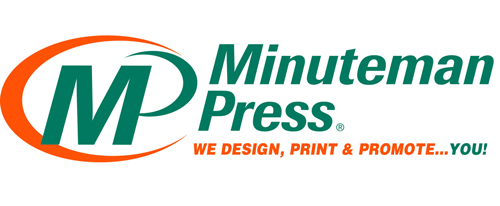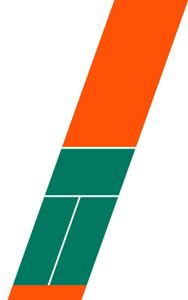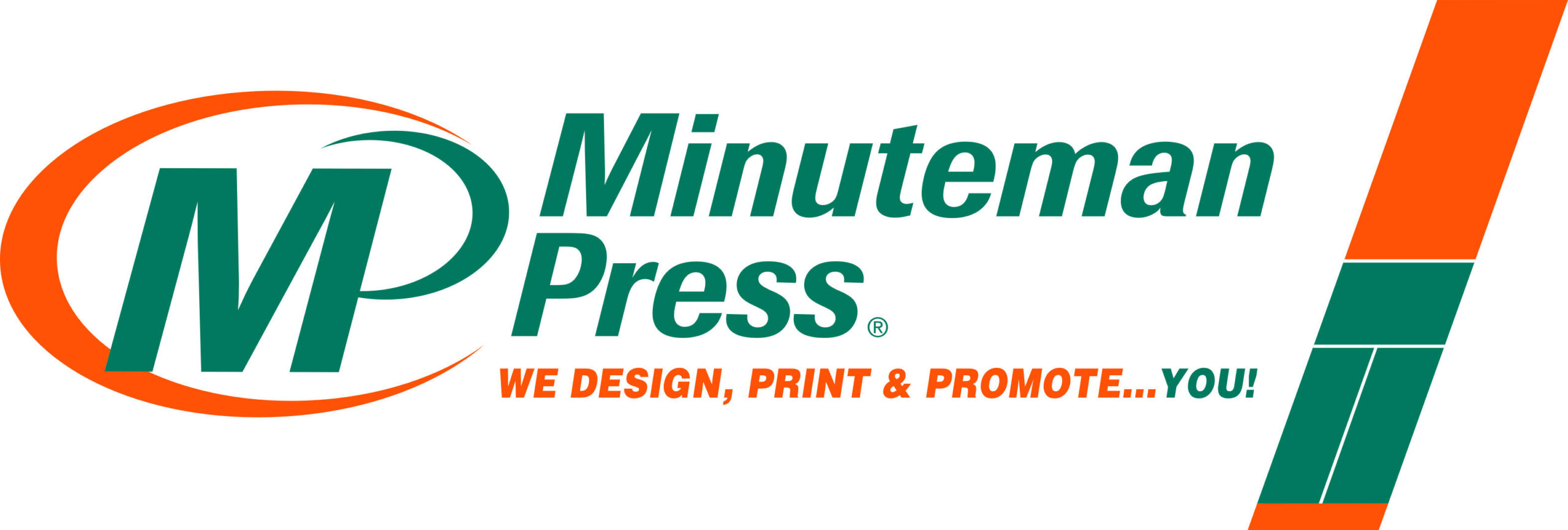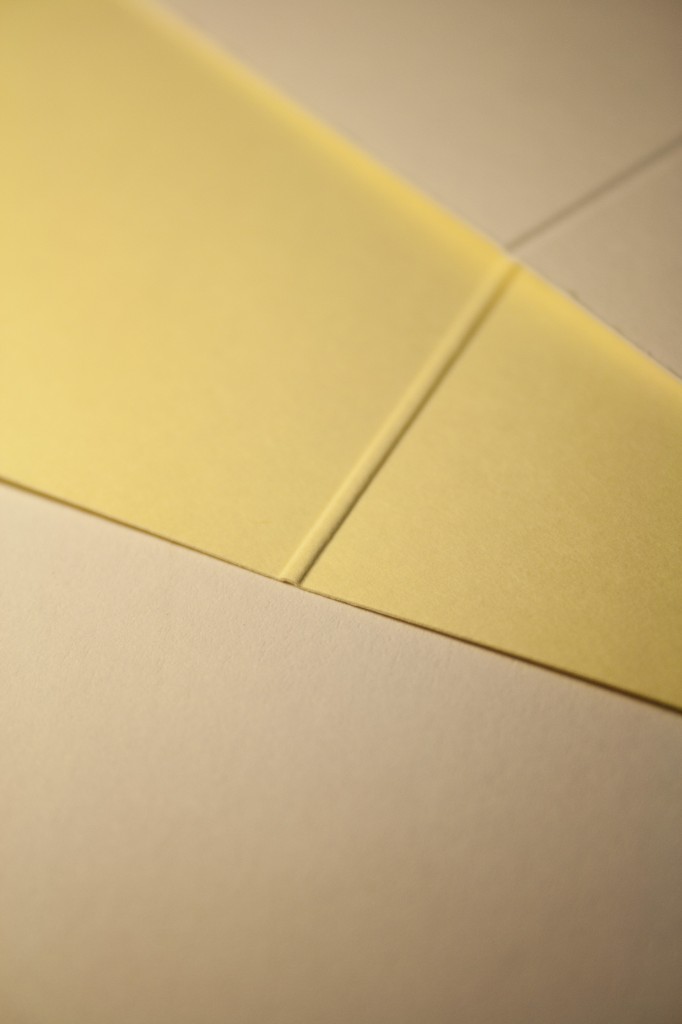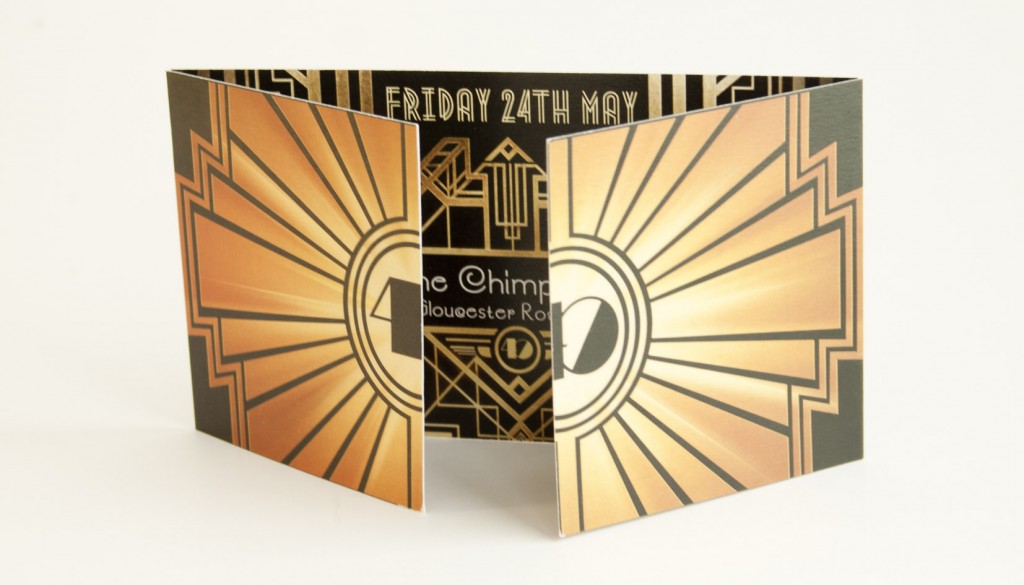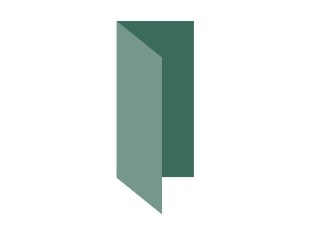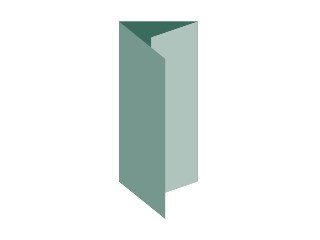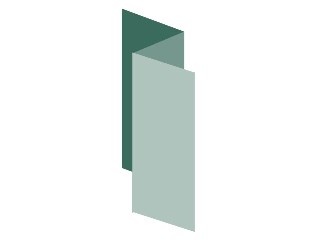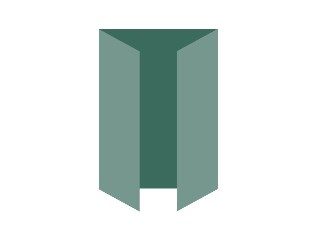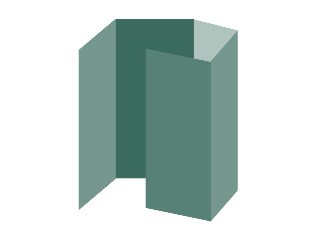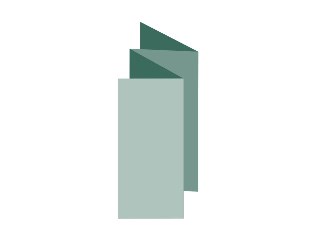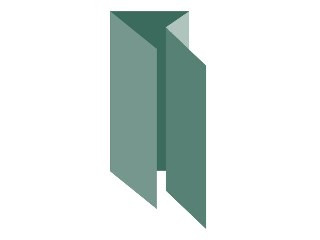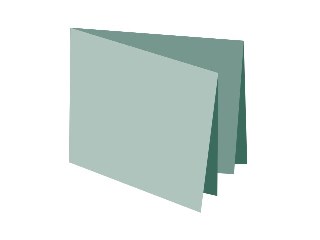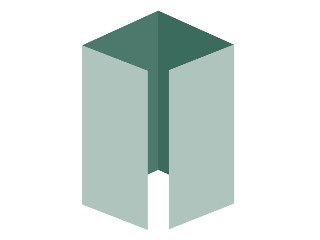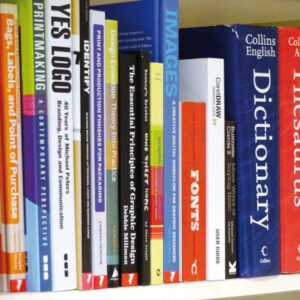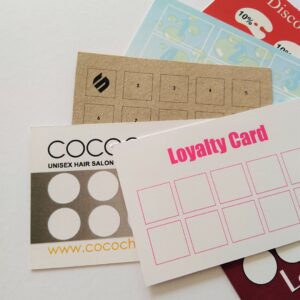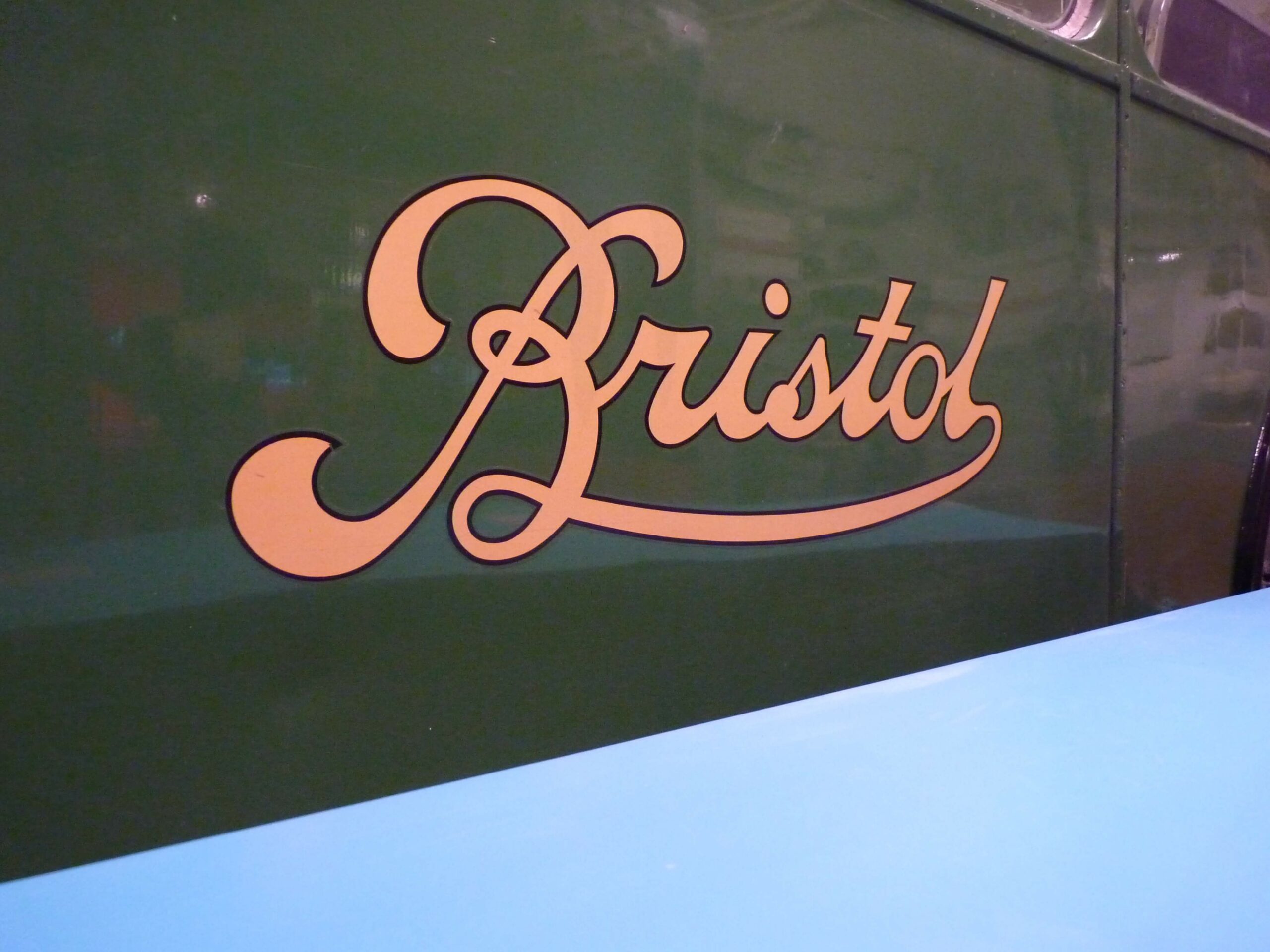All of your documents should be designed with a specific purpose and function in mind, whether it is a flyer, leaflet, menu, brochure or other form of printed matter. The design itself will need to take into account a variety of key elements; the overall size – flat and finished when folded, extent of pages and also the way you would like the document to be read. There are a variety of folding options available that enable the creation of a number of sections / pages / panels, providing a natural order to the document.
Each of the different fold types deliver their own specific features and benefits. Don’t forget that all of them reduce the overall size of the document. Remember, you also need to take into account the weight and thickness of the paper as well as the texture or coating, when deciding on the actual fold. Outlined below is a comprehensive list of available folding types:
One Fold – Four Page / Four Panel Documents
Four Page Fold / Single Fold / Half Fold / Book Fold
One fold of your sheet creates a single fold brochure. The fold is centrally located and creates a document that ends up with two equal sized panels on the front and two panels on the back, in essence four sections within which content can be added. Each section is considered to be one page of the document, thereby creating a four page document. The most popular fold and used for menus, brochures and leaflets.
Two Folds – Six Page / Six Panel Documents
Six Page Fold / Trifold / C-Fold / Letter Fold / DL Fold / Z-Fold
The paper is folded into thirds. This creates a document that consists of six individual panels, or pages within a small size, essentially one third of the original size. This fold is often referred to as a DL Fold, due to the fact that the document now fits into a DL envelope. Documents that often use this type of fold include leaflets and brochures on display or mailed out to clients. Depending on the way you want the document to be opened and read, you need to decide the direction of folding; either the inside right panel folds to the left and the left panel folds on top, creating its cover or the folds go different ways – See below: Z Fold.
Concertina Fold / Z Fold / Fan Fold / Zig-Zag Fold
Again we are folding the document into thirds, but this time creating a concertina or harmonica effect. This fold creates a document with six distinct sides, or two sides with conjoined content, which then flows between the relevant sections making it easy to follow. By its very nature, once opened it can be viewed as two sides, front and back and the content can be continued throughout both sides in one long continuous stream.
Gate Fold / Single Gate Fold / Double Fold / Window Fold
The document is folded twice, which then produces a document where the left and right panels of the document fold inwards and meet in the middle. This creates a document that has six distinct panels, three front panels and three rear panels. It is often used for invitations; as it creates a central panel which is larger than the two folded panels and which is exposed when the two panels are opened up, just like a window.
Two Folds – Eight Page / Eight Panel Documents
Roll Fold / Barrel Fold / Parallel Roll Fold
When you fold a document once and then fold it again, along the folded line – you create a document with eight internal sections / panels. One thing you need to remember with this type of fold is that the internal panels need to be marginally smaller in width than the outer panels. This fold can make the content difficult to read as the document opens / rolls out.
Accordion Fold / M Fold / Harmonica Fold / Triple Fold
This fold creates a document, which when opened, can be considerably larger than it appears. The fold involves a zig-zag fold and in fact is a four panel version of a zig-zag fold above with two additional panels of the same size. In essence this fold encompasses parallel folds that are in opposite directions, to produce the accordion style. It provides eight distinct pages / sections / panels, all of which can have content added. Alternatively one long stream of content can be included which is then visible upon opening the document from its folded state.
Double Parallel Fold
The double parallel fold is created by folding the document in half, twice in the same direction, which then provides eight sections or panels for content to be placed onto. This is an ideal option if you want to include significant amounts of content without increasing the relative overall size of the document.
French Fold / Quarter Fold / Cross Fold
The document is folded with cross-folds, which are right angle folds that create even panels. Another version of the French Fold also offers the ability to create a short first fold, shorter portion or head, which can then be folded on the inside or outside.
Three Folds – Eight Page / Eight Panel Documents
Double Gate Fold
This fold involves the right and left panels folding inwards which then meet in the middle and which creates a document that has eight panels, four front panels and four back panels. The internal panels will be slightly smaller than the external or outer panels. In essence there are three parallel folds involved; the two sides, left and right meet in the middle which is also folded as a centre fold.
Contact us for further advice and guidance on the most appropriate type of fold for your document.
